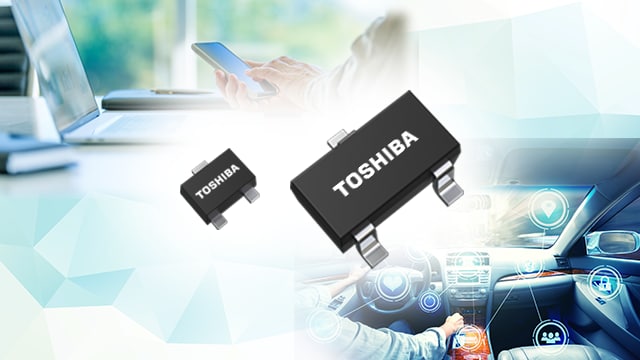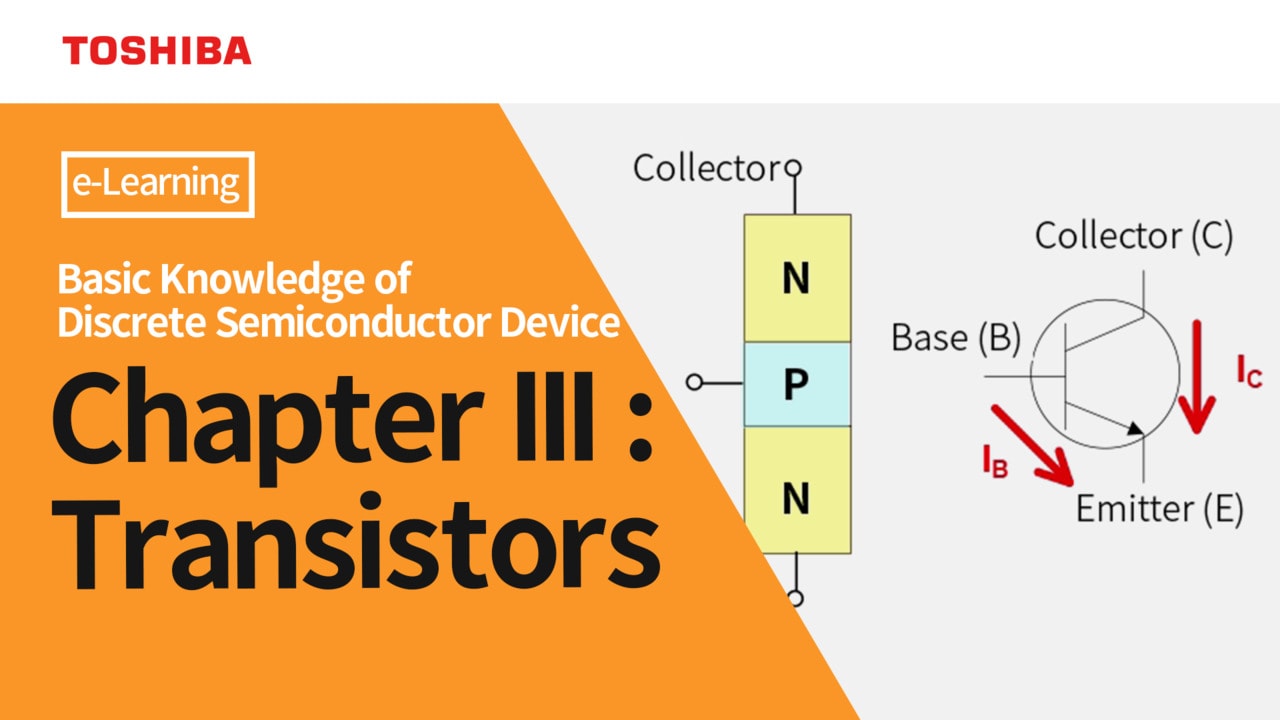- 半導體首頁
-
應用Automotive
Body Electronics
xEV
In-Vehicle Infotainment
Advanced Driver-Assistance Systems (ADAS)
Chassis
IndustrialInfrastructure
BEMS/HEMS
Factory Automation
Commercial Equipment
Consumer/PersonalIoT Equipment
Healthcare
Wearable Device
Mobile
Computer Peripherals
-
產品車用元件
Discrete Semiconductor
Diodes
電晶體
通用邏輯IC
Analog Devices
Digital Devices
Wireless Devices
※
: Products list (parametric search)
功率半導體※
: Products list (parametric search)
隔離器/固態繼電器Photocouplers
Digital Isolators
※
: Products list (parametric search)
MOSFETsIGBTs/IEGTs雙極性電晶體※
: Products list (parametric search)
Diodes※
: Products list (parametric search)
微控制器馬達驅動 ICs智能功率 ICs※
: Products list (parametric search)
電源管理 ICs線性 ICs※
: Products list (parametric search)
通用邏輯 ICs線性影像感測器其他產品其他產品
※
: Products list (parametric search)
-
開發/設計支援
開發 / 設計支援
-
技術知識
- 購買管道
- 型號 & 關鍵字搜尋
- 交叉搜尋
- 參數搜尋
- 線上庫存查詢跟購買
This webpage doesn't work with Internet Explorer. Please use the latest version of Google Chrome, Microsoft Edge, Mozilla Firefox or Safari.
型號需要超過三個文字以上 Search for multiple part numbers fromhere.
The information presented in this cross reference is based on TOSHIBA's selection criteria and should be treated as a suggestion only. Please carefully review the latest versions of all relevant information on the TOSHIBA products, including without limitation data sheets and validate all operating parameters of the TOSHIBA products to ensure that the suggested TOSHIBA products are truly compatible with your design and application.Please note that this cross reference is based on TOSHIBA's estimate of compatibility with other manufacturers' products, based on other manufacturers' published data, at the time the data was collected.TOSHIBA is not responsible for any incorrect or incomplete information. Information is subject to change at any time without notice.
型號需要超過三個文字以上
Are the collector and emitter terminals of a bipolar transistor interchangeable?
Bipolar junction transistors (BJTs) are designed to provide the optimum performance when they are correctly connected. In reverse connection, it behaves as a poor performance (low hFE) transistor. However, the voltage that can be applied to the collector-base voltage is very low. This voltage cannot exceed the absolute maximum rating (VEBO) (Table. 1). Interchanging the collector and emitter terminals not only degrades the transistor performance but also might cause permanent damage to the device.
Generally, bipolar transistors are designed in such a manner as to achieve high hFE. To accomplish this, numerous majority carriers (electrons in the case of npn transistors) in the emitter must diffuse into the base region and then be efficiently swept across the base region into the collector. It is also necessary to control the depletion layer in the collector region in order to increase a transistor’s withstand voltage (i.e., collector-base voltage, VCBO). These conditions are fulfilled by:
- making the dopant concentration in the emitter region higher than that in the base region.
- reducing the thickness of the base region.
- reducing the dopant concentration in the collector region.
Therefore, the dopant concentrations in the three semiconductor regions have the following relationship: emitter >> base > collector.
A normal transistor maintains a high breakdown voltage (VCBO / VCEO) due to a low-concentration collector. If connected in reverse, the high-concentration emitter will act as the collector, and the voltage that can be applied (VEBO) will be extremely low.
If the connections of the collector and emitter terminals are reversed, the above relationship is not satisfied. In this case, hFE decreases, making it impossible for a bipolar transistor to function as intended and possibly causing the base current to exceed its specified rating. Moreover, because of the decreased VCEO, the transistor might break down when it turns off. As a result of the foregoing, a reverse-connected transistor might be permanently damaged.
Typical bipolar transistors must be connected in the normal direction, except for muting transistors* that are designed for reverse connection.
* At present, Toshiba does not provide muting transistors.

相關信息
The following documents also contain related information:



